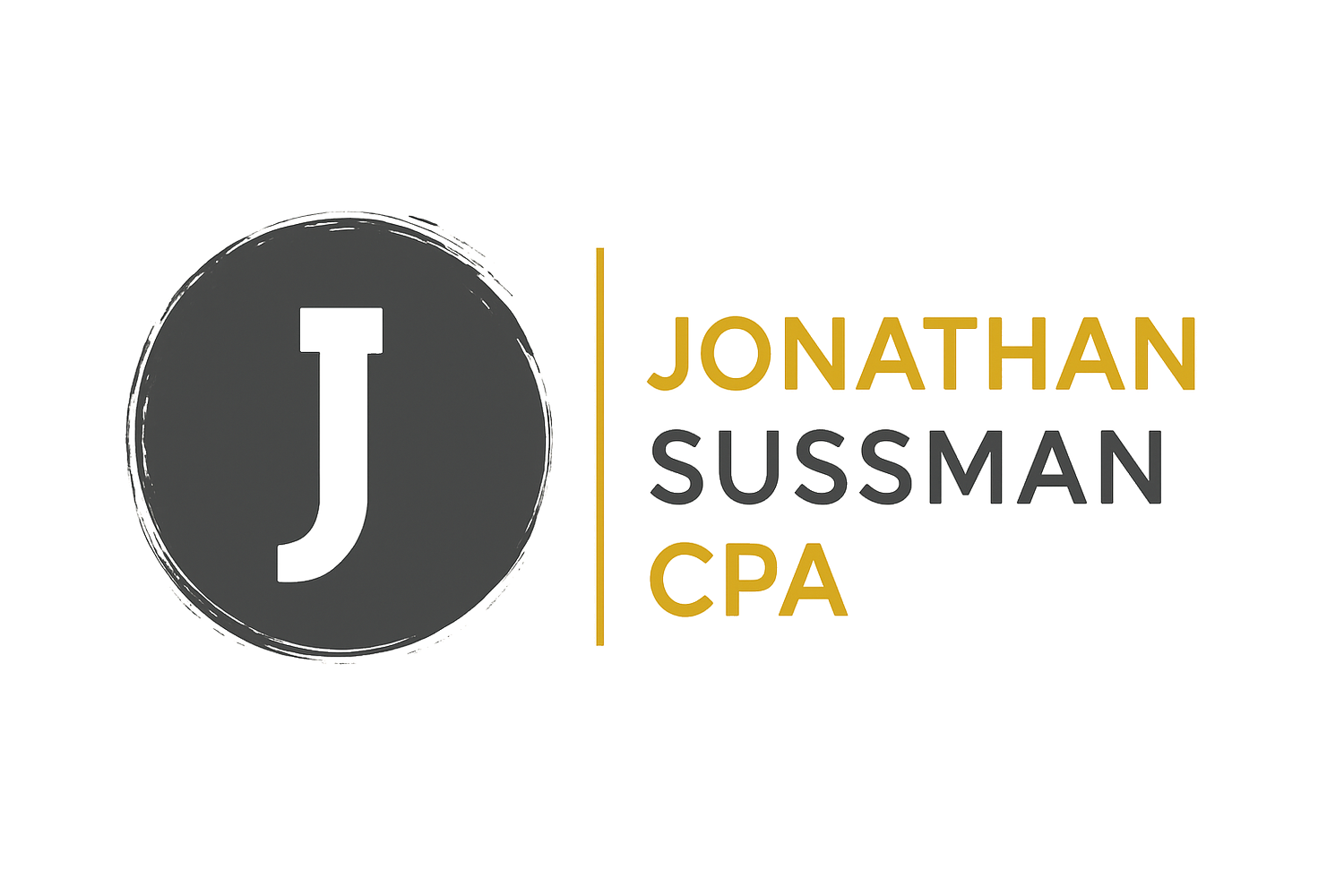The Easiest Way to do Cost of Goods Sold Accounting for Cannabis Farmers
When producing cannabis in the cyclical vertical of farming, it’s very important to account for inventory properly.
This is because inventory is the only way to record cost of goods sold
Which is the only way to reduce taxable income for cannabis companies
If you didn’t know, cannabis companies are not allowed to take any deductions or credits. Period.
This is because of a tax law referred to as IRC Code 280E. Or just “280 E”.
Under 280E, trades or businesses trafficking in schedule 1 or 2 controlled substances are not allowed any deductions or credits from gross income
You will hear that cannabis companies are allowed to deduct cost of goods sold.
And this is where a lot of companies get into trouble, because cost of goods sold is not a deduction. It’s a return of capital
It reduces taxable income, yes, but not gross income
What’s the difference? Well…
Taxable income = Gross Income – Deductions
Gross Income = Gross Receipts – Cost of Goods Sold
Why is this distinction important?
Well, cost of goods sold entries have 2 steps
Increase Inventory – i.e. purchasing inventory
Decrease Inventory – i.e. a sale
Said another way, there is:
Cost of Goods (Inventory)
Cost of Goods Sold (COGS)
Notice the difference.
If you skip step 1, then you’re not really doing the inventory accounting correctly
And if the inventory accounting is not done correctly, then you’re not doing the cost of goods sold accounting correctly
I see a lot of companies that simply throw all their inventory costs on the P&L. And it just looks haphazard. And it does not follow GAAP accounting rules. Which must be adhered to when doing 280 E accounting.
But I understand where this comes from. I understand why people do this.
They think that, since cost of goods sold is the only “deduction” that they’re allowed to take, that they need to record it on the P&L.
What they neglect is the fact that Cost of Goods Sold means you need to first record the Cost of Goods.
And how do you record the cost of goods?
You guessed it: Inventory
You put it in inventory.
So the next question becomes: “Well, what are we allowed to record as cost of goods? What can we put into inventory?”
And for farmers, you have 3 different types of expenses that can be recorded:
Direct Materials
Direct Labor
Overhead Costs
Quickly, Direct Materials are what you purchase for use in production: genetics, soil, fertilizer, etc.
Direct Labor is exactly as it sounds. It’s the labor costs incurred in production.
And Overhead is the sum of indirect costs and indirect labor. For example, depreciation on equipment or utilities.
Not everything fits neatly into one of these buckets, but any of them are viable.
What you can’t include in inventory are costs that have nothing to do with the production of inventory. Marketing, advertising, admin fees, bank fees. These are the types of expenses that you can almost never put into inventory.
Ok, so now you see what costs go into inventory, but how do you know how much goes into each unit? And how do you know how much is included in cost of goods sold?
And there are many answers to this question, but the easiest method I’ve found for this is the Weighted Average Method.
What this means is that you prorate costs based upon the amount of inventory produced, and the inventory sold.
Part of the expenses go into ending inventory…
Part of them will pass through inventory and go into cost of goods sold…
You need to keep a record of your calculations for this in your accounting file for audits.
And the rest of the expenses are going to be operating expenses, which generally cannot be taken as inventory, and therefore not cost of goods sold either
And there you have it.
I hope that this makes your inventory accounting a lot easier to do.
If you have any questions, I’d be happy to answer them. Just book a call and we can go over it together.
And be sure to subscribe to my newsletter, Grass Tax Strats, where I send cannabis tax tips and updates directly to your inbox. Easy to read, easy to use, easy to unsubscribe.
Thanks for reading. I hope you got a lot of value out of it.
Grow on,
- Jonathan Sussman CPA
